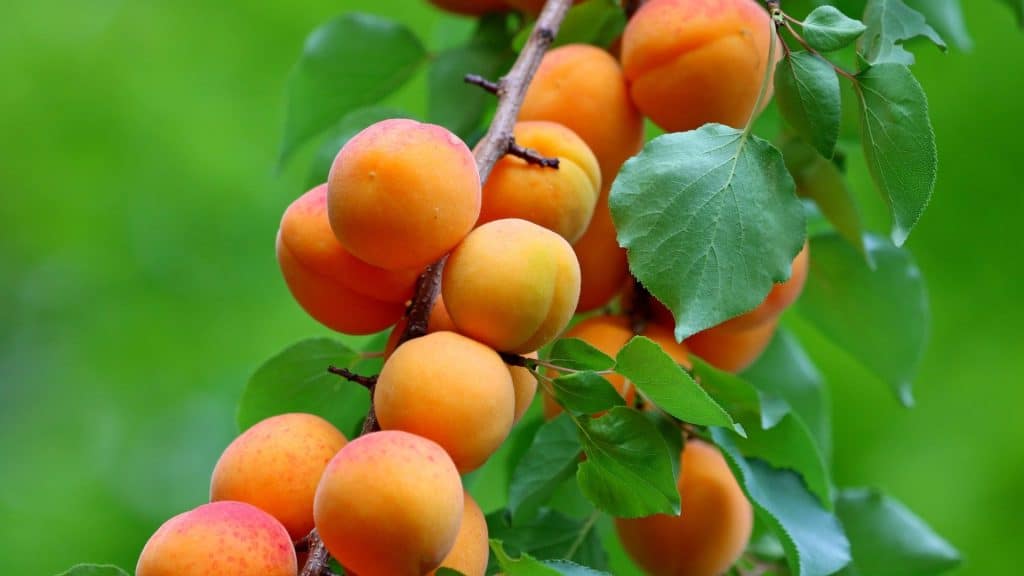Pruning apricot trees isn’t just a seasonal chore—it can deeply influence your orchard’s productivity. If you want juicier apricots and more consistent harvests, investing in apricot tree pruning services makes sense. Many gardeners face the dilemma of whether skilled trimming delivers genuine value. This article tackles that head‑on, clearly presenting common pitfalls, ways improper cuts can harm trees, and proven techniques professionals use to boost fruit quality. By the end, you’ll confidently understand why expert pruning matters—and how it can help you reap mouth‑watering rewards from your own backyard.
What are the common problems when hiring apricot tree pruning services?
Problem 1: Many operators rely on one‑size‑fits‑all trimming methods, which can reduce fruiting potential and weaken branch structure.
Problem 2: Some services use dull or incorrect tools, leading to ragged cuts that invite pests or disease.
To agitate, imagine investing time and money only to see your yield drop or spotting decay symptoms later.
- Climbing without proper safety gear risks injury and tree damage.
- Ignoring natural branch angles can result in crowded limbs and poor airflow.
- Mid‑season trimming may shock buds and halt fruit set.
But there’s hope. An experienced team employs gentle, precise methods that preserve tree health and optimise shaping.
Why do apricot tree trimming services sometimes damage tree health?
Improper trimming can introduce serious downsides:
- Leaving large wounds exposes trees to fungi.
- Topping instead of thinning stresses the tree.
- Cutting too late in the season interrupts sap flow.
These issues combine to stunt growth and lower fruit quality. Many homeowners don’t realise amateur clippers can:
- Spread disease via unclean tools.
- Remove too much canopy, leaving trees sun‑scorched.
- Encourage water sprouts that steal energy from fruit‑bearing branches.
Thankfully, expert services avoid these issues by following established horticultural guidelines.
How can improper cuts agitate apricot tree growth and fruiting?
Improper cuts don’t just harm trees—they can actively divert resources away from fruit:
- Large cuts need time to heal, diverting energy from fruit development.
- Excessive thinning leaves branches too exposed, causing sunburnt branches.
- Random cuts disrupt hormone distribution, leading to misshapen fruit and irregular ripening.
When trees are trimmed without a clear strategy, they can respond with vigorous vegetative growth rather than productive fruiting.
What are the best practices for pruning apricot trees with professional help?
Professionals follow clear seasonal and structural guidelines:
- Prune in late summer to reduce disease risk and allow wound healing.
- Use sharp bypass pruners and clean tools between cuts.
- Remove inward‑facing or crossing branches to improve airflow and light access.
Key steps:
- Identify the central leader and maintain scaffold branches.
- Thin fruiting wood to balance harvest size.
- Seal large wounds with grafting wax to prevent infections.
| Best Practice | Benefit |
| Late summer timing | Reduces gum flow and fungal risk |
| Clean, sharp tools | Ensures neat cuts and faster healing |
| Structural thinning | Improves light penetration and yield |
- Use thinning cuts over heading to preserve budding sites.
- Leave a small collar on each cut—this promotes natural healing.
By focusing on structure and timing, expert teams ensure stronger, healthier trees and more fruitful seasons.
How do specialised apricot tree pruning techniques enhance fruit production?
Horticultural strategies used by professionals bring clear results:
- Fruit spurs are preserved, focusing energy where it counts.
- Selective thinning maximises fruit size and sugar development.
- Proper canopy shape channels rain away and boosts sunlight penetration.
This approach helps trees avoid waterlogging and fungal attacks. It also encourages even ripening by distributing sunlight across the canopy.
When should you schedule apricot tree pruning services in Sydney?
In Sydney’s climate, the ideal window runs from late summer to early autumn (February–April):
- Decay‑causing wet conditions ease off.
- Pruning pre‑dormancy encourages strong spring growth.
- Post‑fruit harvest timing avoids sap‑bleed stress.
Alternatively, light maintenance cuts in early spring help correct winter damage. Timing matters—too early can trigger sap flow; too late reduces healing before dormancy.
Final thoughts on choosing the right apricot tree pruning services
To wrap up:
- Problem: Inadequate trimming can reduce yield and invite health issues.
- Agitate: Random cuts and bad timing may leave you disappointed each season.
- Solutions: Seek operators who follow proven schedules, use sharp cutters, and respect tree structure.
- Extra tip: Define your goals clearly—whether fruit maximisation, tree health or aesthetics.
For the precision apricot tree pruning team, ensure they:
- Have verifiable experience with stone fruit trees.
- Use industry‑standard techniques and tools.
- Match pruning timing to Sydney’s seasonal needs.
Finally, a helpful walkthrough from A1 Gardening & Landscaping Sydney can help ensure your trees receive top‑notch care.

